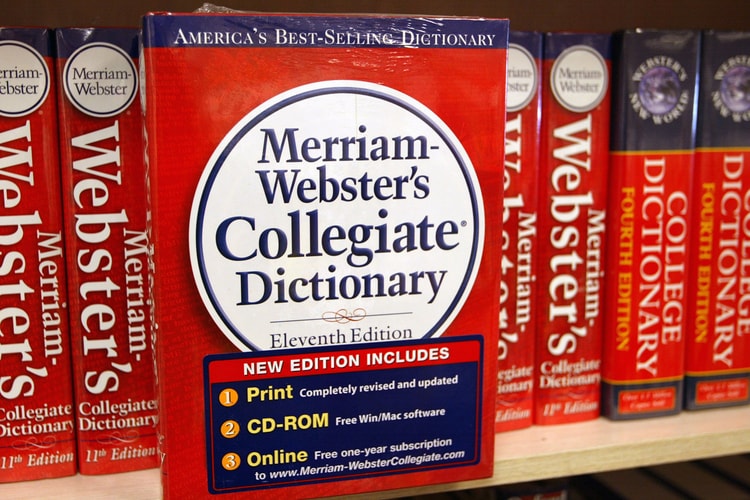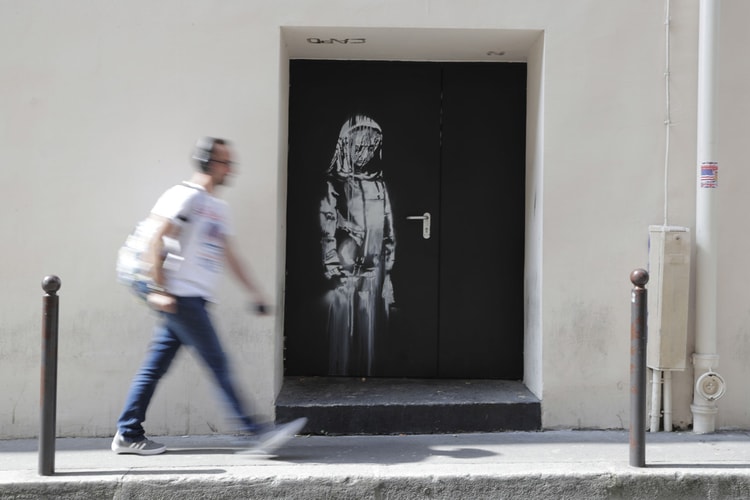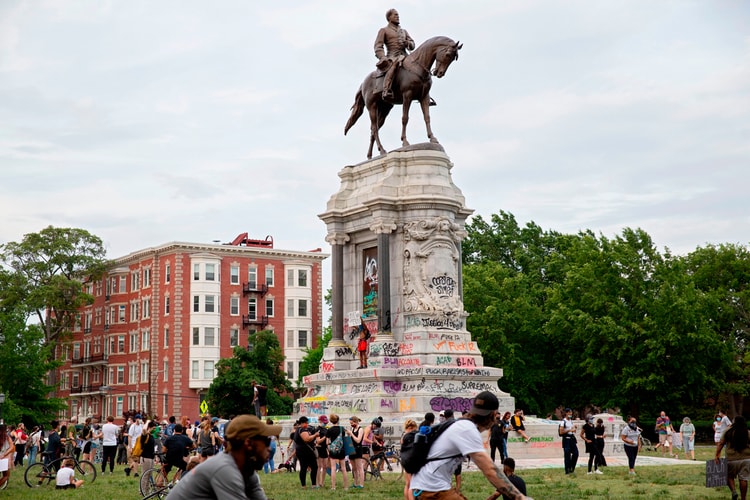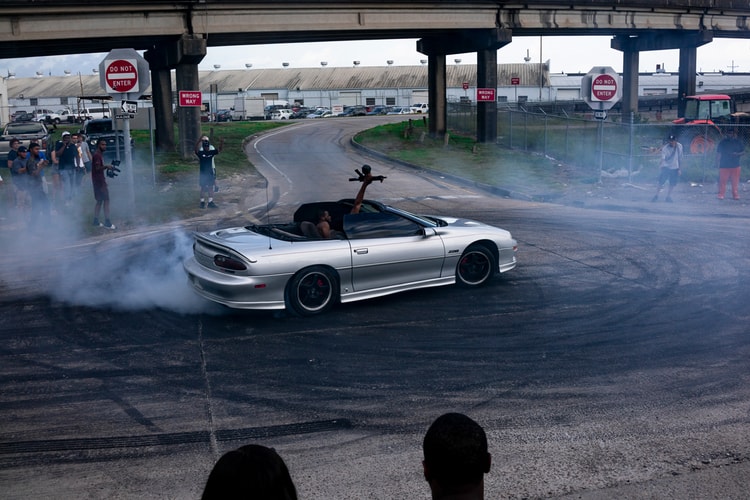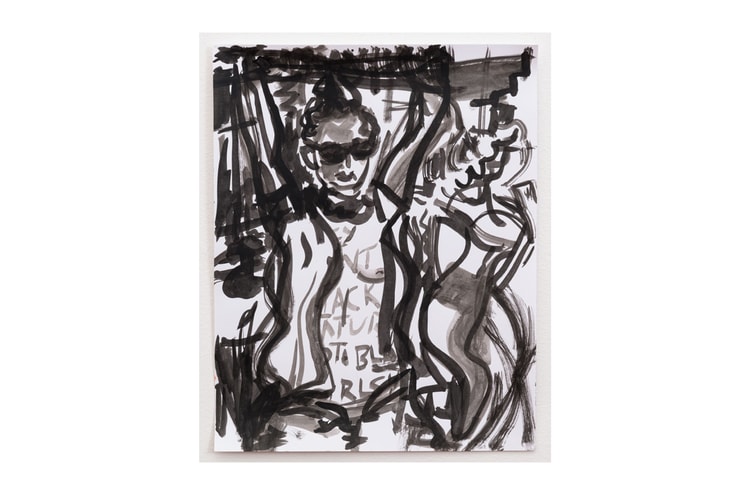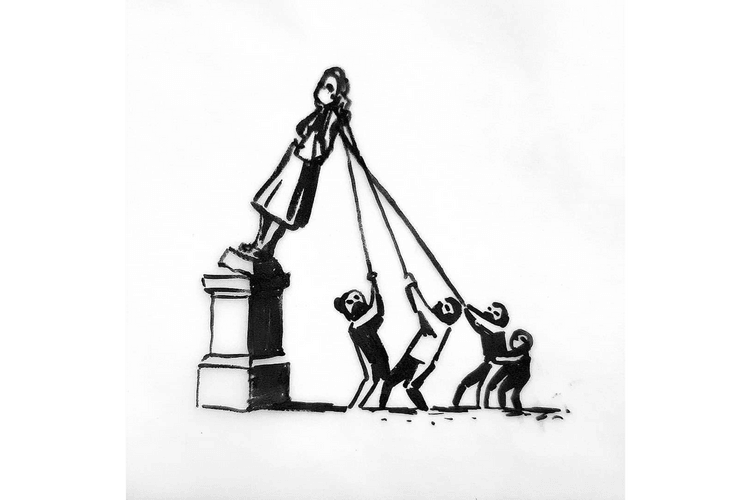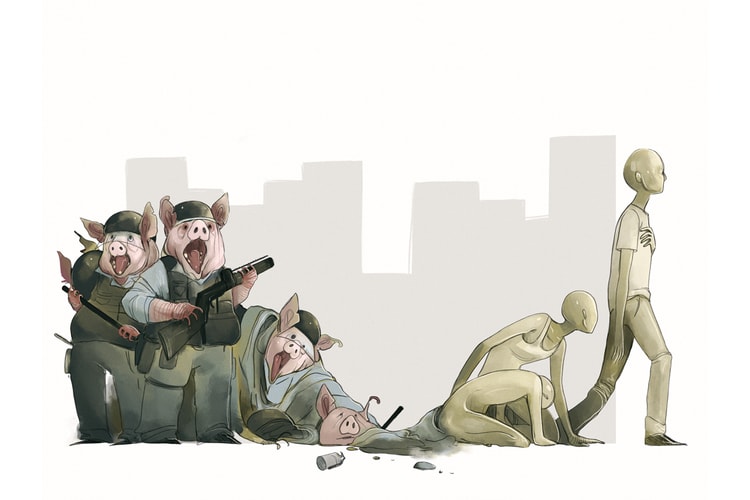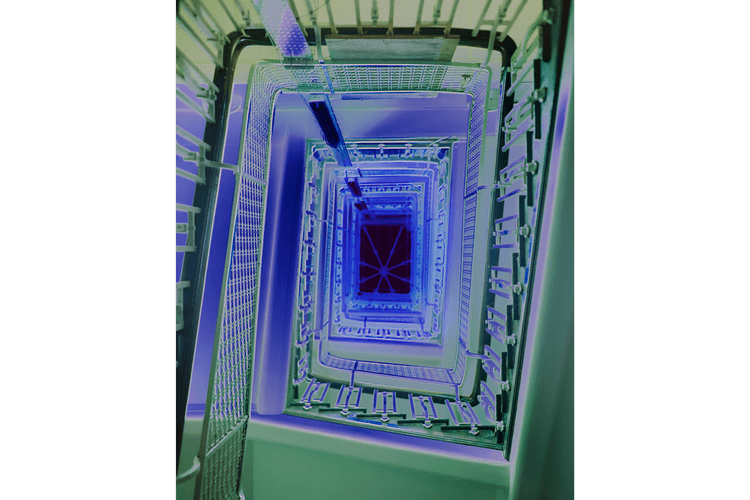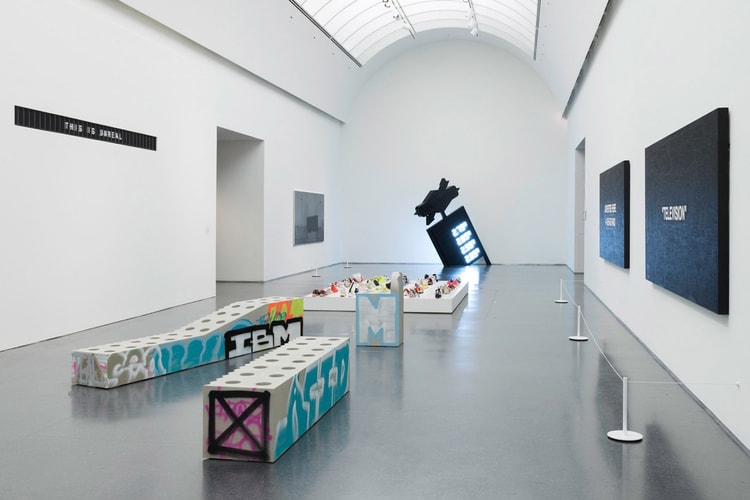Christie's Under Fire for Selling Looted Sculptures From Nigeria
A pair of Igbo objects, also called ‘alusi’ or “sacred sculptures.”
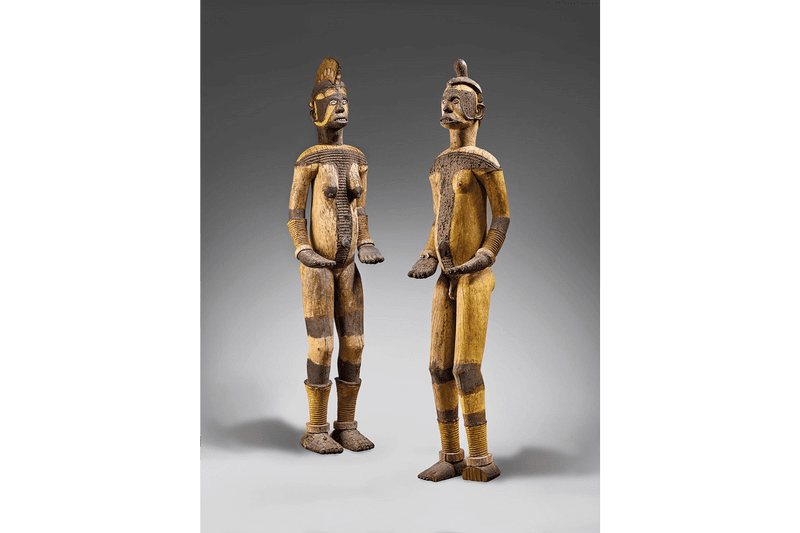
Art historian and Princeton professor of African Diaspora art history, Chika Okeke-Agulu, is calling out Christie’s for selling a pair of sculptures that were taken from Nigeria during the country’s civil war. The artifacts in question is a pair of Igbo objects, also called alusi or “sacred sculptures,” that were stolen from Nigeria by Jacques Kerchache, a French collector of African art objects who passed away in 2001, as per ARTnews. The Igbo sculptures are slated to go up for auction in Christie’s Paris salesroom this June 29 with a pre-sale estimate of €250,000–€350,000 EUR ($283,000–$396,000 USD).
Okeke-Agulu especially pointed out how Christie’s had described the provenance of the works as having been “acquired in situ” between 1968–69. Okeke-Agulu argues, instead, that they were looted from the region of Nri-Awka in Nigeria — an area that is only 30 minutes away from where he grew up — during the civil war between Nigeria’s government and the Republic of Biafra.
“Dear Christie’s, let’s be clear about the provenance of these sculptures you want to sell,” said the art historian in an Instagram caption. “While between 500,000 and three million civilians, including babies like me, were dying of kwashiorkor and starvation inside Biafra; and while young French doctors were in the war zone establishing what we now know as Doctors Without Borders, their compatriot, Mr. Kerchache, went there to buy up my people’s cultural heritage, including the two sculptures you are now offering for sale.”
The debate over repatriating looted African treasures found in the collections of museums is still ongoing. African artifacts taken during the colonial era are still found across institutions in Europe, including Britain’s The Wallace Collection and the V&A museum. These artworks include the Benin bronzes, the Ghanaian Asante gold, and pieces plundered from the Ethiopian emperor Tewodros II during the 1868 Battle of Magdala, as per The Guardian. In 2018, France’s president Emmanuel Macron called for a French law to be changed, pledging that French museums return thousands of African objects from their collections.
“A loophole may explain why Christie’s is able to sell the objects. Okeke-Agulu pointed to a 1970 UNESCO Convention, which prohibits the illicit import, export, and transfer of cultural property, but applies only to objects taken after a nation had signed on to the convention. Since the objects were taken between 1968 and 1969, they would not be subject to the convention,” reported ARTnews.
HYPEBEAST reached out to a Christie’s representative for a comment on the matter, the auction house expressed:
The Igbo couple (lot 47) to be offered for sale was acquired by Jacques Kerchache from an African dealer in either 1968-1969. The provenance regarding this lot have been published several times and validated by well-respected scholars, collectors and dealers. It is known that Jacques Kerchache never travelled to Nigeria. There is no legal reason not to proceed with this sale,
We do appreciate the catalogue terminology ‘in situ’ is confusing; it has a different connotation in the African art category. We are removing it from the provenance information as it does not refer to precise information of the actual place of acquisition. In this field, it is used as a term to designate the fact that the object was collected by an African dealer before being sold to a foreign collector outside of the African continent.
There is a legitimate market for these statues and this sale falls within our compliance and due diligence process. These objects are being sold as part of a transparent, legitimate and legally compliant public sale process.
Christie’s complies with all applicable laws and regulations as they concern the sale of cultural property. We have longstanding commitment to diligent, provenance research and we require all objects, including African and Oceanic property, to have verifiable documented provenance that the work was out of its source nation within the legally appropriate and required timeframe.
Ancient and historic objects by their nature cannot always be precisely traced back over centuries. We recognize this is a complex and sensitive area of debate, but it is also our responsibility to ensure a responsible market continues, strictly meeting all the applicable legal frameworks for offering works of art.
In other stolen art, Banksy’s mural robbed from Bataclan in Paris has resurfaced in Italy.



